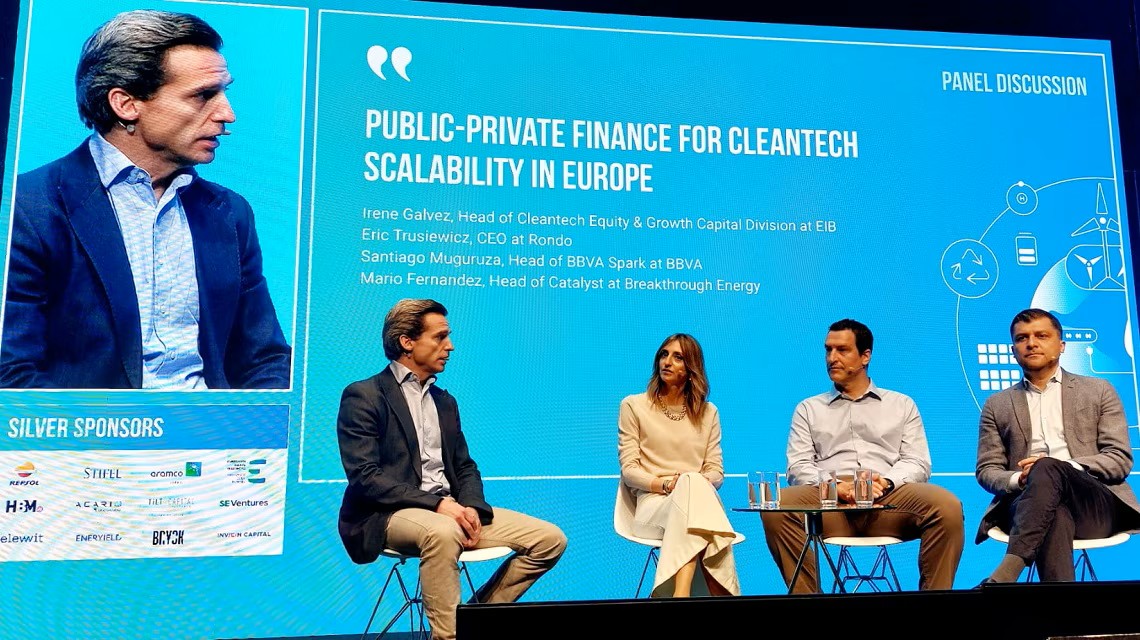The slow fashion catwalk: sustainability is in style and these startups are here to prove it
Extending the life cycle of a garment, reusing it or giving a second life to materials from other industries are some of the trendsetting slow fashion solutions. The startups that work in this model accelerate their local production, consider social impact and demonstrate that the clothes of the future are spun with sustainability.
Making a pair of jeans consumes 7,500 litres of water, the equivalent of what a person can drink in seven years. 20% of the world’s consumption of this resource comes from dyeing and treating garments. The supply chain of the textile industry is the third most polluting in the world, behind food and construction. For all these reasons, the trend of using clothing and throwing it away is going out of fashion.
In this context, sustainable fashion poses a paradigm shift in this industry. Gema Gómez, executive director and founder of Slow Fashion Next, a platform for training and consultancy in sustainable, circular and regenerative fashion, considers that “infinite and exponential growth should not be the example to follow”. Gómez cites the United Nations Sustainable Development Goals (SDGs) as a frame of reference. Ending poverty, the right to clean water and sanitation, and responsible production and consumption are some of the goals set by the 2030 Agenda for Sustainable Development. Slow fashion companies can contribute to reaching all these goals. More start-ups are participating every day, committing to the balance between social rights, respect for the environment and economic profitability.
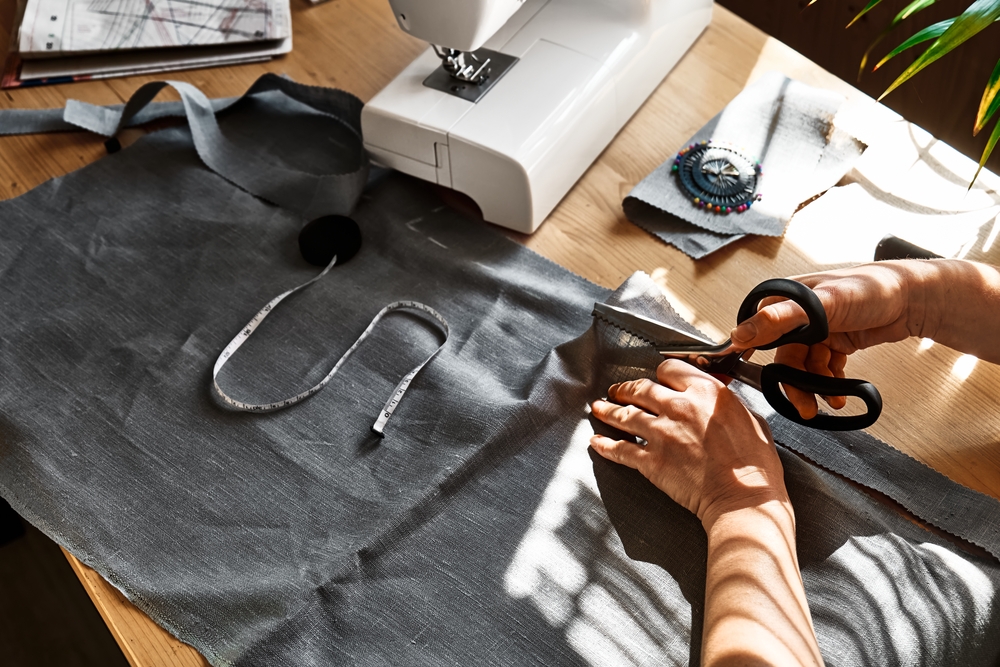
Gómez explains that the opposite industry, the fast fashion model, with low prices and volatile trends, causes environmental damage like the pollution of rivers and social damage, as seen in the poor working conditions in developing countries. Slow fashion is a sustainable alternative for the fashion industry that rethinks the production chain from the point of view of social rights, the circular economy and the decline in consumerism.
Startups that make slow fashion fashionable
How has an excessively cheap garment been manufactured? What will happen to it when it is no longer a trend or has worn out due to its poor quality? This is something that worries Ornella Paz, founder and CEO of Quranteby, a sustainable lifestyle marketplace that accompanies Peruvian artisans and clothing entrepreneurs to reach new markets. The expert considers that “it is very important that the client knows about traceability, that is, the product’s evolution process at each stage, and its impact in a transparent way at a social, cultural, economic and environmental level”. To guarantee this traceability from the design phase to when the consumer acquires the garment and its recycling, blockchain can be used to gain insight into the entire production process in real time, including the origin of raw materials, manufacturing, transportation, etc.
Many brands are betting on other methods to inform the customer of the entire process. Ángela Gómez, co-founder and CMO of the local and eco-conscious Valencian clothing brand Clotsy, does so through Instagram, where she shares videos to raise awareness. This company works with workshops in Valencia (Spain) and others in the region, takes care of the positive social impact and guarantees that it does not use animal skins or dyes in the making of its garments.
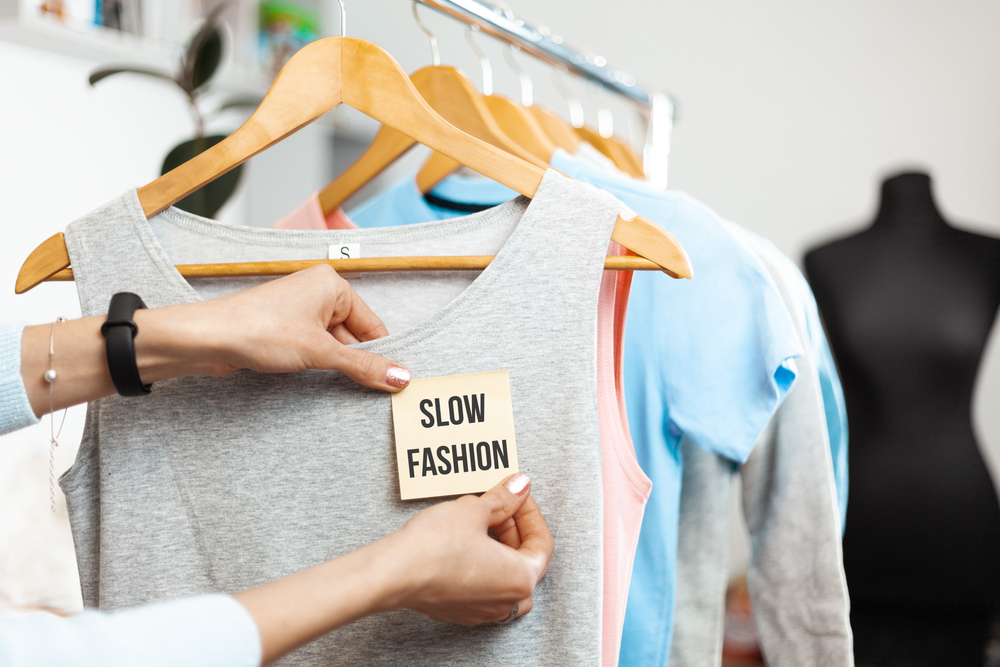
Opting for local production instead of cutting costs through outsourcing is a strategy that is also followed by Sepiia, a clothing brand with innovative fabrics that has recently received B Corp certification for sustainable companies. All its suppliers are in Spain and Portugal, according to its director of product design and development, Paula Cristóbal. In her strategy to reduce the environmental impact of production, the designer reports that “we collect the remains of fabric from the workshop and the garments that customers send us to recycle, since the same supplier that makes our yarn in Girona is the one that recycles it to give it a second life”. The intention of the slow fashion brands is to approach zero impact of their productive activity, although they agree that it is a complex path.
Eco-design to extend the life cycle of clothing
Sustainable fashion uses technology to make garments that last longer and thus reduce waste. Cristóbal details that in Sepiia they manufacture clothes that do not stain or wrinkle thanks to “polyester fibre, very good in terms of properties and recyclability”.
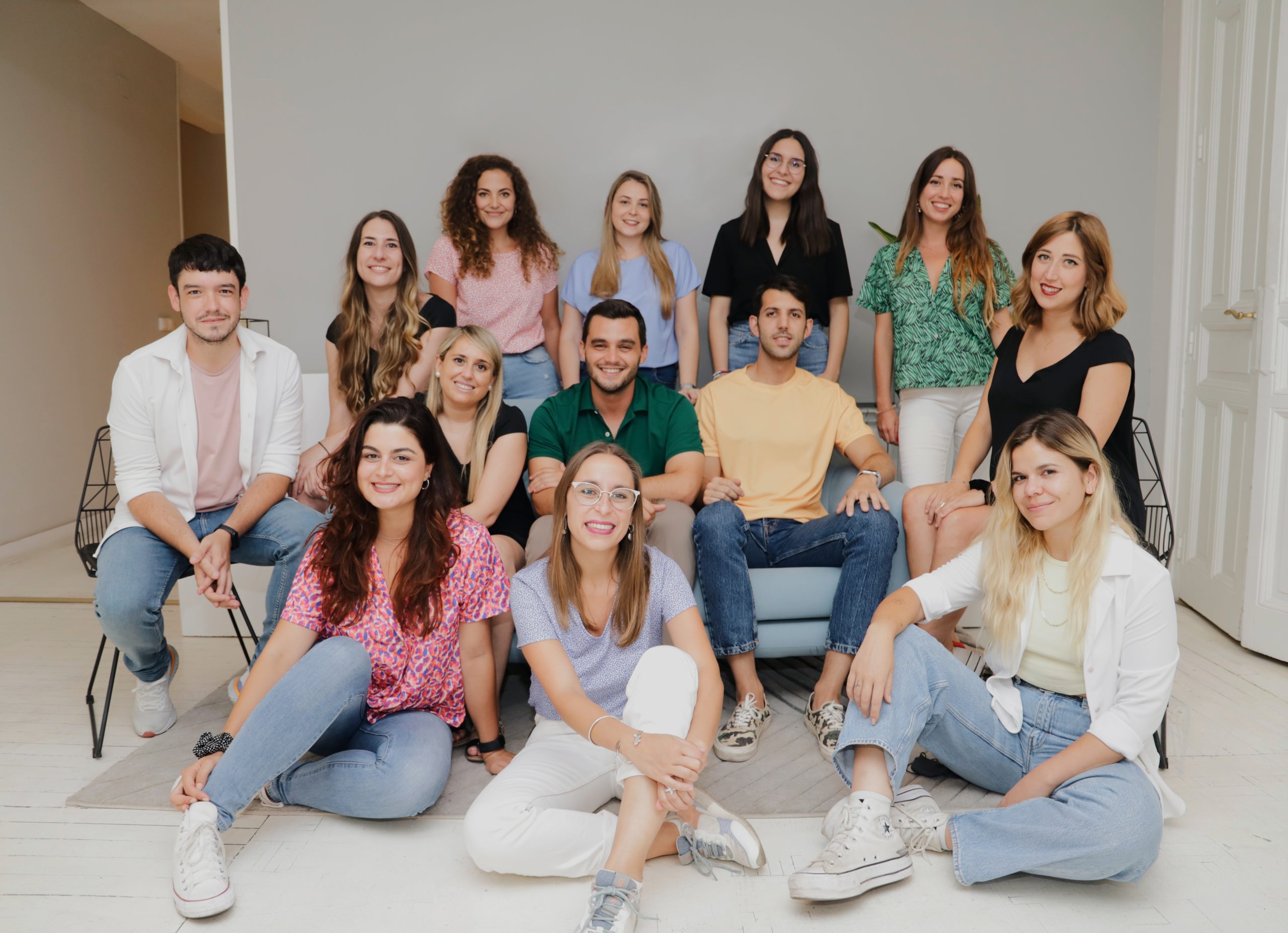
Image: Team of Sepiia.
Sustainable fashion is circular and some slow fashion startups have managed to give waste a second chance by turning it into clothing. Some examples are the ECOALF brand, which uses garbage collected from the sea to make clothes, Buff, which uses plastic bottles, and Ananas-Anam, which makes a leather substitute with pineapple as the base material. There are also some associations of artisans with whom Quranteby works in Lima, which produce odourless leather from the remains of fish or colourful accessories with recycled plastic bags. “Last summer we launched flip-flops made from recycled mattresses”, adds Clotsy’s co-founder, Ángela Gómez.
For their part, the workers at the El Celler Can Roca restaurant, with three Michelin stars, wear recycled plastic uniforms as part of the ‘Clothes Recycle’ initiative in collaboration with BBVA, which give a second life to the plastics used in the restaurant.
In addition to using recycled materials to make clothes, there are also new strategies for those clothes to have a second life after being discarded. The European Union Strategy for the circularity and sustainability of textile products is committed to quality, durable and single-material materials to facilitate recycling. In this sense, “the great challenge is to achieve, through technology, the properties that blended fabrics have in a product without blends”, explains the Sepiia designer.
Gema Gómez from Slow Fashion Next recognises that many startups are emerging that repair garments, such as The Restory, or that offer them for rent, such as Ecodicta, to give a second chance to items that would have otherwise been discarded. The second-hand clothing market plays a relevant role in circularity: it is estimated that it has grown to represent 18% of the total textile industry in less than 10 years. In addition, the new Waste Law prohibits disposing of unsold textile waste.
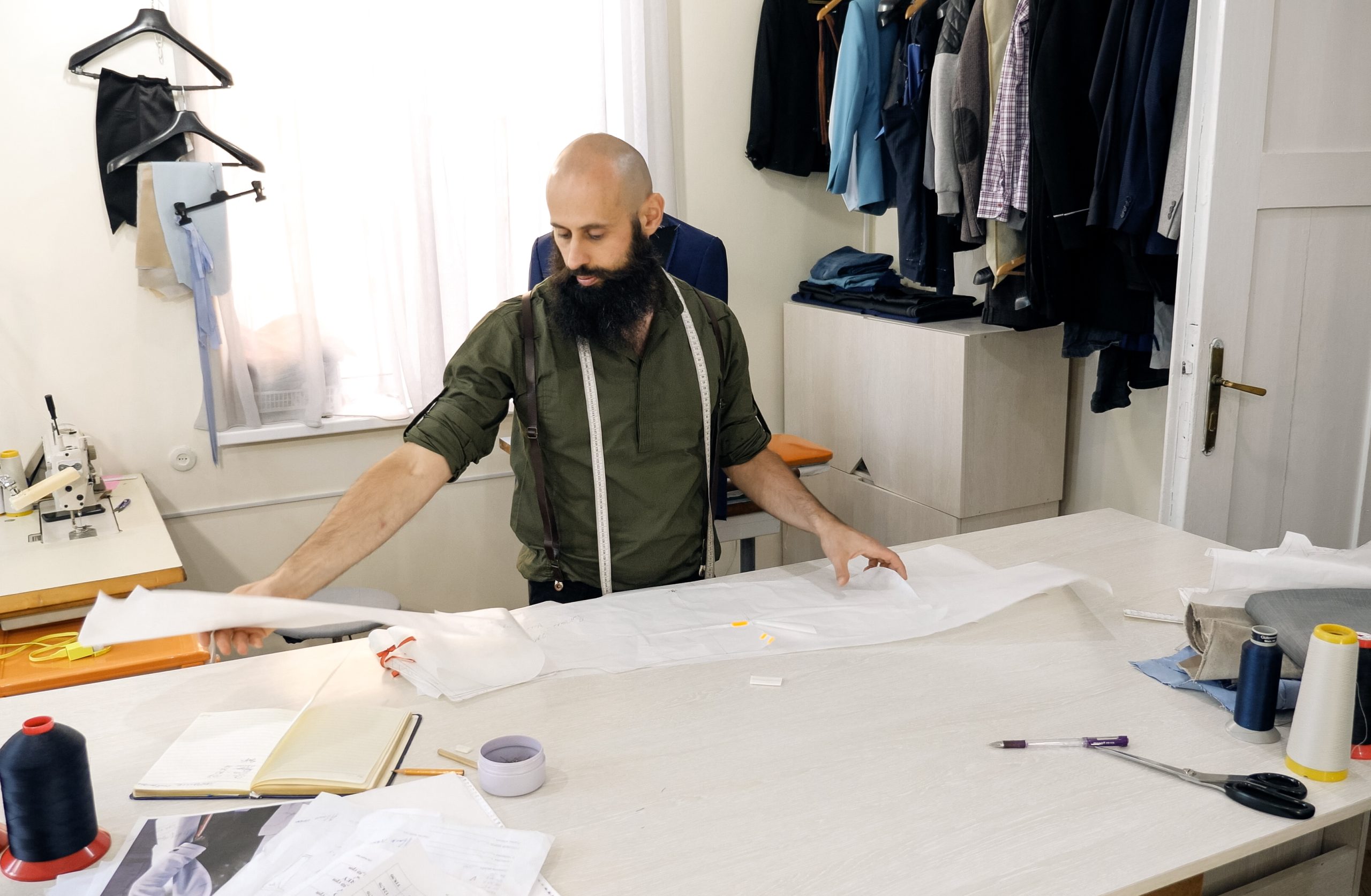
A conscious, transparent and sustainable market
Greater awareness is one of the key drivers, according to the interviewees, to boosting the sector and getting consumers to change their purchasing habits and opt for sustainable brands. Ángela Gómez, from Clotsy, is proud to recommend other companies “because the wider the offer, the better”, she says. Gema Gómez defends the support among businesses as, “think of people and the planet” is a disruptive characteristic compared to the competitiveness that exists in other markets.
Slow fashion startups innovate to offer practical and sustainable solutions in a world with limited resources. Fashion that is balanced between profitability and social and environmental respect is what sets the trend, with more and more presence in stores every day.


